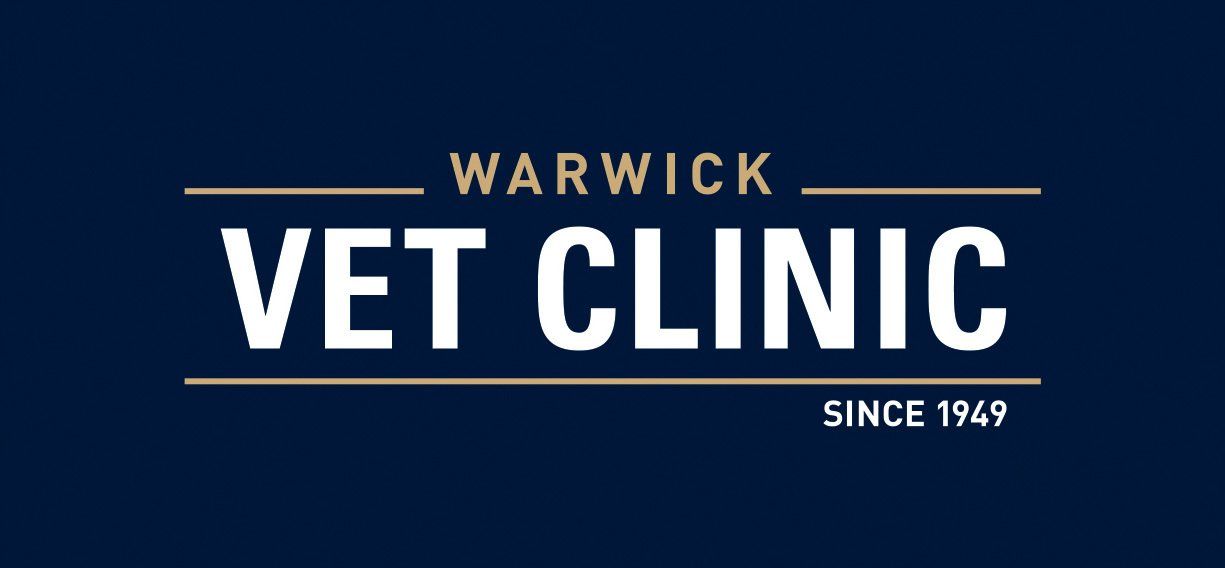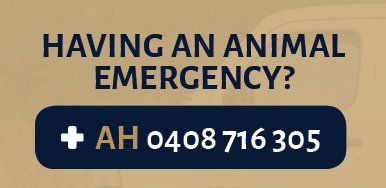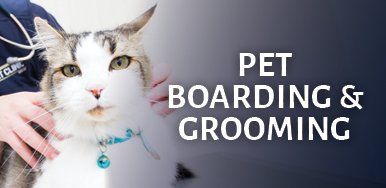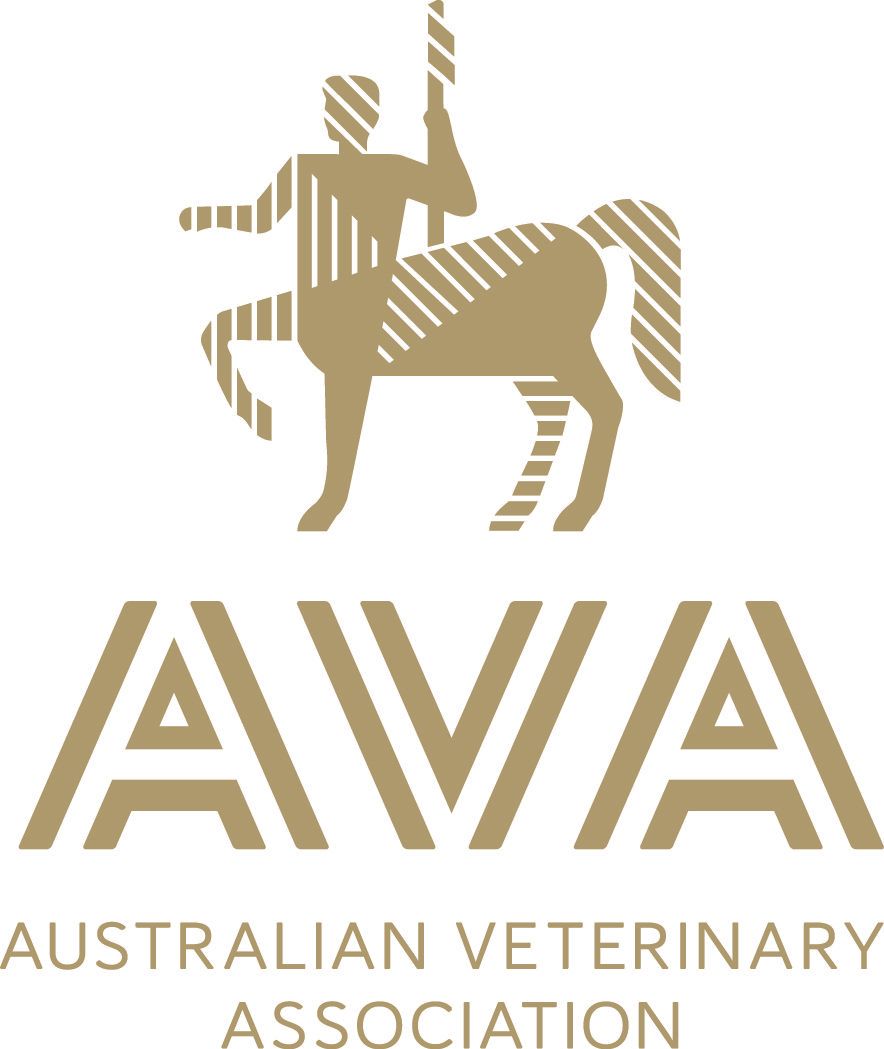BREEDING YOUR CAT
Think that your cat may be pregnant or considering breeding your own litter of kittens? The team at the Warwick Vet Clinic have put together some helpful care information to assist you through the cat breeding process.
GET A THOROUGH EXAMINATION BEFORE BREEDING
It is recommended that you take your female cat to visit your vet prior to breeding for a routine examination. This may include a physical examination, ultrasound, and blood work.
HEAT CYCLES IN CATS
Heat cycles for cats are more common between August to March. Female cats have heat patterns that last between seven and twenty-one days. If the animal is not impregnated, her heat patterns may become irregular, with periods of non-heat becoming brief, often as short as two days. When experiencing estrus, or heat, a female cat may make loud, howling sounds, and rub themselves along the floor with the tail raised.
CAT PREGNANCY
If you suspect that your cat may be pregnant, the best way to confirm is to bring her in for an appointment with one of our friendly veterinarians. They will check for abdominal palpitation with the optimal time for pregnancy detection approximately 19 to 28 days after breeding.
Continued examinations are recommended once during each trimester of your cat’s pregnancy, “post-queening”, and 2-4 weeks into lactation. Important topics such as body condition score, nutrition, pregnancy detection, fetal health assessment and count, kitten health and well-being, lactation, and recovery can all be addressed during these vet visits.
The average gestation time for cats is 56 to 67 days. The due date should be calculated to be between 63 days from the first breeding and 65 days after the last breeding. Pregnancy is divided into trimesters with the majority of maternal weight gain during pregnancy occurring in the second and third trimesters. Nutritional needs increase during the third trimester and continue throughout lactation.
Read More
Read Less
CAT NUTRITION DURING PREGNANCY
Nutritional requirements of the female cat increase during gestation and lactation, especially during the third trimester of pregnancy and the first 4 weeks of lactation. Nutritional requirements are greater for female cats with larger litters. We recommend feeding your cat a high-quality diet during this time. Failure to provide sufficient nutrition can result in small, weak kittens that are prone to disease. Speak to the team at the Warwick Vet Clinic for specific nutrition advice tailored to your cat’s needs.
DELIVERING THE KITTENS
Cats go through 3 stages of labour:
-
Stage 1
First-stage labour is when the cervix dilates and early uterine contractions occur. Signs of first-stage of labour in cats include decreased appetite, nesting, seeking seclusion, restlessness, vocalization, and frequent trips to the litter box. Typically, this stage lasts for 2-12 hours in most cats, although it may begin as early as 48 hours prior to actually giving birth.
-
Stage 2
Second-stage labour consists of the delivery of each kitten with strong contractions of the abdomen and uterus. The first kitten is typically born within 2 hours of the onset of stage two labour, and subsequent kittens are born 10-30 minutes apart thereafter.
-
Stage 3
Third-stage labour involves delivering the placenta. Each kitten develops during pregnancy with its own separate placenta. The placenta for each kitten is generally passed within a few minutes of the kitten’s birth. If the placenta is still attached to the kitten, it should immediately follow the kitten; if the placenta and kitten have become separated during the birthing process, the placenta may take longer to pass, or may even be passed following delivery of the next kitten.
CONTACT A CLINIC
For further advice on the health care of your animals, contact the professional team at the Warwick Vet Clinic for a consultation.
CONTACT A CLINIC
We will get back to you as soon as possible.
Please try again later.
HEALTHY ANIMALS ARE HAPPY ANIMALS
The latest animal care information from our experienced veterinarians.
OUR CLINICS
WARWICK VETERINARY CLINIC
Opening Hours
Mon - Fri: 7:30am to 6:00pm
Sat: 8:30am to 12:00pm
Warwick West Vet Clinic
Opening Hours
Tuesday and Wednesday:
8:30am to 5:00pm
ALLORA VETERINARY CLINIC
Opening Hours
Monday - Friday:
8:30am to 5:00pm
CLIFTON VETERINARY CLINIC
Opening Hours
Tuesday, Wednesday and Friday:
9:00am to 4:00pm
Warwick Vet Clinic. Website by dms CREATiVE









